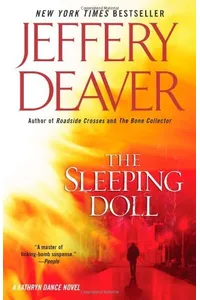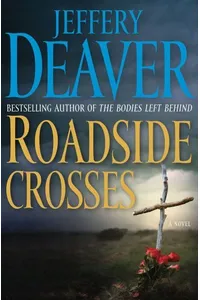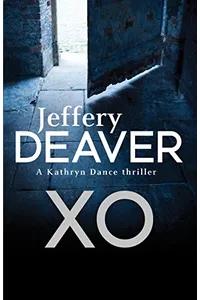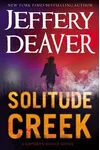Step into the thrilling world of Kathryn Dance, where a sharp mind and a knack for reading body language unravel the darkest crimes! Jeffery Deaver’s Kathryn Dance series, a gem in crime fiction, follows a California Bureau of Investigation agent who uses kinesics—her superpower for decoding human behavior—to outsmart cunning killers. With four gripping novels, this series blends psychological depth, modern twists, and pulse-pounding suspense that keeps readers hooked.
Unlike Deaver’s forensic-focused Lincoln Rhyme series, Kathryn Dance offers a fresh lens on crime-solving, diving into the art of interrogation and the complexities of human motives. Whether you’re a thriller junkie or new to the genre, Dance’s world of California’s Monterey Peninsula is a captivating ride you won’t want to miss!
How Kathryn Dance Began
Jeffery Deaver, a master of suspense with a knack for intricate plots, introduced Kathryn Dance in 2006 as a supporting character in his Lincoln Rhyme novel, The Cold Moon. Fans loved her so much that Deaver gave her a starring role in The Sleeping Doll (2007), launching her own series. Inspired by real-life kinesics experts and his readers’ appetite for psychological crime-solving, Deaver crafted Dance as a widowed CBI agent and mother, balancing grit and heart.
A former journalist and lawyer, Deaver’s fascination with human behavior shaped Dance’s unique skill set. Set in the scenic yet sinister Monterey Peninsula, the series reflects California’s blend of beauty and danger, drawing readers into a world where every gesture hides a clue.
The Heart of Kathryn Dance
The Kathryn Dance series spans four novels, each a masterclass in suspense. The Sleeping Doll (2007) kicks off with Dance hunting Daniel Pell, a charismatic cult leader dubbed the “Son of Manson,” whose escape sparks a deadly manhunt. In Roadside Crosses (2009), a tech-savvy killer uses social media to target victims, leaving cryptic crosses as warnings. XO (2012) pits Dance against a stalker obsessed with a country singer, blending music and menace. Finally, Solitude Creek (2015) sees Dance tackling a killer who orchestrates panic-driven disasters.
The series shines through its themes of manipulation, technology, and human connection. Dance’s kinesics skills—reading body language to spot lies—add a cerebral edge to the action, while Deaver’s twists keep readers guessing. The Monterey setting, with its coastal charm and lurking threats, grounds the stories in a vivid, relatable world. Dance herself, a widowed mom juggling career and family, brings emotional depth, making her a standout in crime fiction.
Deaver’s style is fast-paced yet layered, weaving personal subplots with high-stakes investigations. Whether it’s the ethics of online privacy in Roadside Crosses or the psychology of fear in Solitude Creek, the series tackles modern issues with a sharp, thrilling lens.
Why Kathryn Dance Resonates
Though smaller than Deaver’s Lincoln Rhyme series, Kathryn Dance has carved a niche among crime fiction fans for its unique protagonist and timely themes. Dance’s reliance on kinesics rather than forensics offers a fresh take on the genre, appealing to readers who love psychological depth over gadgets. Her struggles as a working mom add relatability, while Deaver’s knack for diabolical villains keeps the tension high.
The series’ exploration of technology’s dark side—social media in Roadside Crosses, crowd psychology in Solitude Creek—feels eerily relevant, cementing its place in modern crime fiction. Fans on platforms like Goodreads praise the unpredictable plots and Dance’s compelling character, ensuring her legacy endures despite only four books.
- First book published: 2007 (The Sleeping Doll)
- Number of books: 4
- Setting: Monterey Peninsula, California
- Notable skill: Kinesics (body language analysis)
Ready to crack cases with a heroine who sees what others miss? Grab The Sleeping Doll and dive into Kathryn Dance’s thrilling world of crime and cunning!



